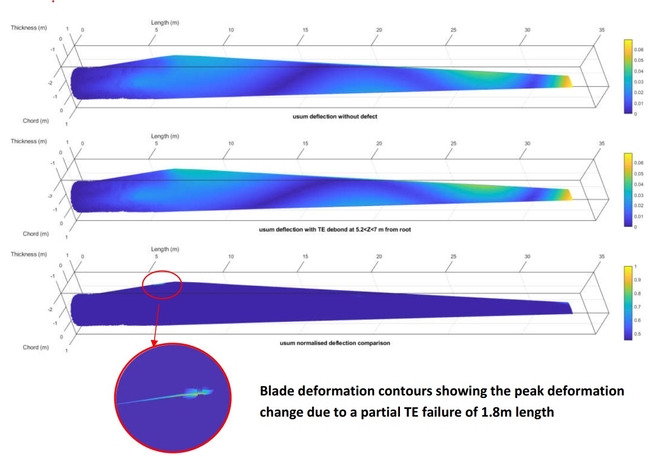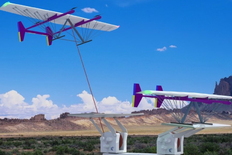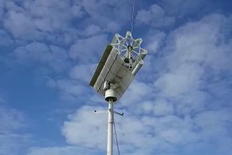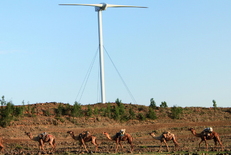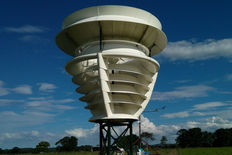In the last two decades the wind turbine industry majors have been in a race to produce turbines with ever increasing hub heights and blade lengths, in an effort to produce more energy while at the same time reducing the cost per MWh. However, developing longer and more flexible blades (for harnessing power even in low wind conditions) comes at the cost of increased complexity in their design and construction. Here, a programme of blade condition monitoring can help to mitigate the risk of blade failures and advance root cause analyses in more flexible blades.
Our Aerotrope engineers have prepared a dynamic study of a large wind turbine blade that includes a range of different degradation scenarios:
• Delamination at the trailing edge; resulting in the trailing edge opening
• Sandwich panel degradation
• TE or LE adhesive cracking and debonds
• Shell to shear web adhesive joint failure
• Combinations of any of these scenarios
We run simulations of the degraded blade dynamics and observe the distinct changes in blade vibrational modes which result from local degradation within the blade structure. Using this methodology, we can identify the location and length of cracks or delamination through a corresponding change in the character of the blade vibrations - something which can then be used to help tune the detection algorithm.
This modal sensitivity approach augments our extensive knowledge and experience of a wide range of large blade structures in terms of Root Cause Analyses and failure investigations. It can be applied either in the context of life extension of the existing blade fleet and well as condition monitoring of the latest blades going into service.

